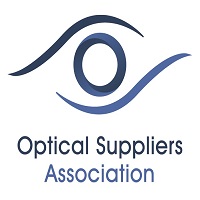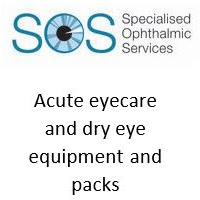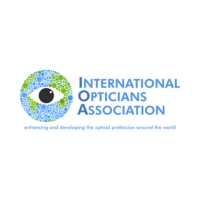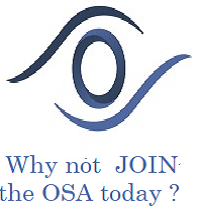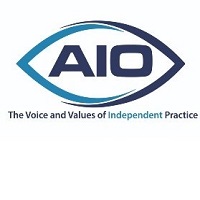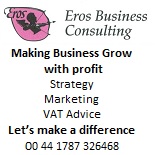I can’t see you. Can you see me?
Daniel Williams challenges the lack of profile and visibility in the media and fashion industry for people living with visual impairment
After living with a visual impairment (VI) for over 25 years, not much has changed surrounding the media and fashion industry’s portrayal of people living with sight loss as we are still represented in a bland old fashion light.
Some sight loss charities seem to constantly portray images of older white ladies with white hair wearing dark sunglasses, however this is a stereotype that needs to change, as blind people come in all shapes, sizes, ethnicities, sexual orientations, classes and personalities, just like everyone else within society.
I believe it’s time to make visual impairment sexy, so have put together various images to change the perception that people with sight loss are not fashionable and can have flare and sex appeal like anyone else.
Where are we?
The depiction of sight loss in the media plays a major part in influencing public perception and has immense power to reinforce negative images and stereotypes or to radiate positive and empowering beliefs, yet where are we?
So why aren’t we walking on the catwalk with our guide dogs, represented by mannequins in shop windows, on advertising boards or on TV?
It seems in this day and age TV programmes such as soaps underrepresent people with visual impairments and even if they do, they seem not to be a lead character or they portray sight loss in a negative way, not focusing on what people can do, but what they can’t. This seems very strange as people with visual impairments are part of our society.
We’re putting these images out there to raise expectations of people with visual impairment and remove any negative connotations that people may have.
People like me
Despite major advances in equality and diversity, people with visual impairments are still rarely seen in everyday media advertising, marketing campaigns or in films and shows. We don’t exist.
Marketing campaigns for everything, from clothing to household goods, lack the portrayal of anyone with an impairment. Instead, they are given the focus of over or under achievement which means bind and partially sighted people can never be who they are, constantly striving to overcome their disability and be accepted.
We don’t wear any clothes!
We never see models with a disability in clothing catalogues or as shop mannequins and one of the most frustrating issues is when an actor for a soap, TV advert or film, without a disability is asked to pretend the role. This is akin to actors in the past ‘blacking up’. So often, it’s about ridicule, exclusion, pity and medical intervention, and yet no-one says a word!
Shining a positive light
This under-representation of people with VI in the media, or their misleading portrayal, is a disaster! It reinforces the stereotypical image and seriously limits integration into the community, yet it persists.
Instead of using portrayal of VI to add atmosphere and dramatic effect to visual and written scripts and depicting them as tragic victims, it would be nice to see a positive spirit of enlightenment.
This might include professionals learning not to assume that the audience is non-disabled.
I don’t count…LOL
People who have visual impairment are also not one-dimensional characters, living with a funny abnormality and blending into the background. When actors with VI are used, they tend not to speak much or have no story line, acting more in a supportive role, while others take centre stage, facing the crises and problems of everyday life that people with VI don’t appear to have, cocooned in their safe world of being cared for 24 hours a day.
Tragic lives
If film producers and the media in general could be encouraged to see reality, instead of being exploited by scriptwriters for dramatic effect or emotional appeal, then so would the general viewing public.
And this absence of characters with VI in everyday roles reflects their same absence in the social structure: as family members, employees and employers, mums and dads; it just perpetuates the distance that exists between people. People with VI are…people!
Unemployed, unemployable no-hoper
Another niggle is that few people with VI are seen in employment. It is more about claiming and complaining, about benefits and scraping a living. It leads to more segregation and isolation and being seen as an object of curiosity. And yet, these attitudes and beliefs are largely left unchallenged!
Sometimes, it feels like you need to show ‘super-qualities’ to be noticed and gain respect. Instead of being recognised for your character and personality, you become categorised for an easily identifiable impairment, often sensationalised.
Marketing and media professionals need to change their attitudes and allow VI to be a part of the overall scene.
If the media can abandon the stereotypes, genuine characters with visual impairments offer new angles and story lines, with the opportunity to create exciting new and complex characters. They also can contribute to influencing social policy and society’s attitudes to people living with all forms of sight loss.
Let’s start the change and challenge these boring outdated stereotypes!








